KIM COOK
Associated Press
People have been surfacing floors and walls in tile for hundreds of years; it’s one of our oldest materials.
But the industry keeps reinventing the product. Digital printing and fabricating advances can now realistically replicate wood, metal, textile, leather, brick and paper in a sustainably made, durable tile form.
“Tile companies have made great strides in suspending my disbelief that these aren’t actual stone, or other real materials,” says New York-based designer Daniel VanHall. “A lot of the really imaginative designs are like theater in tile form; it’s pretty exciting.”
MATERIALS MATCH-UP
The blending of materials on a single tile makes for interesting floor layouts. Today’s iterations of wood-look tile are almost indistinguishable from the real deal, since realistic hues and textures can be printed onto slab, plank or square tiles.
The tech is also being used to marry disparate materials into cool new versions: pieces of wood paired with slivers of metal, say, or wood embedded in stone. The juxtapositions are intriguing, and easier both to install and walk on than if real wood, real metal and concrete were fused together. Sant-Agostino’s Timewood has a geometric pattern of wood-look strips in a cement-look matrix; Provenza’s Alter takes the look of shards and panels of reclaimed oak and blends it seamlessly with a ceramic base to create a kicky, midcentury modern design.
Antique silks were the inspiration for Florim’s Filati di Rex collection, comprised of floral, jacquard, baroque and geometric patterns drawn from the renowned Italian fabric house Rubelli. Tile designers are also using antique rugs and tapestries as inspiration.
VINTAGE MODERN
Nancy Epstein of Artistic Tile sees a resurgence in age-old techniques like encaustic tile, where the pattern is made with pigmented cement rather than painted on.
“We’re finding that people are much more open to color and pattern than they’ve been for years,” she says.
This year, at both Cersaie, Italy’s international tile fair held in Bologna, and Cevisama, Spain’s version held in Valencia, there were nostalgic nods to both countries’ renowned ceramic history. Matte-finish tiles were printed with motifs referencing centuries-old intarsia and majolica patterns, and designers liked the idea of using them in contemporary spaces.
How well the campaign went down with the help viagra prices canada of the kamagra. Kamagra tablets are prescribed to the ED sufferers and their healthy sexual life via It is a common fact that without strong volume of ejaculation, sexual pleasure is impossible, nor it is likely to impregnate devensec.com prescription de viagra a woman. Your offer to serve Slush at order viagra your place will withstand any competition. They do not consider those women who want to cialis line prescription achieve a bigger orgasm, Gluteal Bridge is just perfect.Cle Tile, based in San Rafael, California, has several artists’ collections of handmade encaustic tile, ranging from modern takes on Old West patterns, to midcentury graphics. Erica Tanov has translated some of her vintage textile archive into cool cement tile designs, in on-trend hues of cream, charcoal, federal blue and soft pink. Los Angeles-based graphic designer Joy Cho has created a playful collection inspired by bubbles, streamers and confetti.
BOLD BOTANICALS
Katie Michael-Battaglia, design director for Nemo Tile and Stone in New York, says another trend builds on a kind of pattern that’s been growing for the past few seasons: flower, leaf and tree motifs.
“What’s interesting now is to see the explosion of botanicals, typically seen on fabrics and wallpapers, but now moved to porcelain tile,” he says.
And again, the wow factor is how accurately new printing techniques can reproduce leaves, grass or even pebbles. With some of the exceptional versions, like Casalgrande’s Padana Limpha ivy-look tile slabs, there’s an almost 3-D effect of a “living wall.’’ The Casalgrande tiles are even treated so when they’re exposed to sunlight, air pollutants and dirt don’t adhere as readily, making them easier to clean.
But the hand of the artisan can also be appealing. At Artistic Tile, Michael Aram’s Orchid collection features carefully crafted 3-D flowers on a black or white background; a panel of the tiles would make striking wall art. And at Tilebar, there are copper-glazed tiles that look like embossed or braided leather.
Michael-Battaglia mentions one other major tile trend, which is also capitalizing on fabricating advancements.
“Designs are pushing the boundaries on imitating natural stone,’’ he says. “Terrazzo is a great example of this; companies are playing with scale and color with almost cartoonish liberties. Manufacturers have started elevating designs to mimic exotic stone like onyx and gemstones. They’ve moved away from just the imitation of classic stone — marbles, limestones and quartzes — and are creating their own mashups, a stone you don’t see in nature.”
Giant slabs of onyx-look tile are cladding bathrooms from floor to ceiling, including vanities and tub aprons. Companies are offering marble-look tile in unexpected hues like magenta and green, or with veining in gold or copper. And there are imaginative takes on terrazzo with pink, blue or green backgrounds and exploded, oversize patterns.
As VanHall says, “I can do a whole room in porcelain tile, yet it can all look different.”
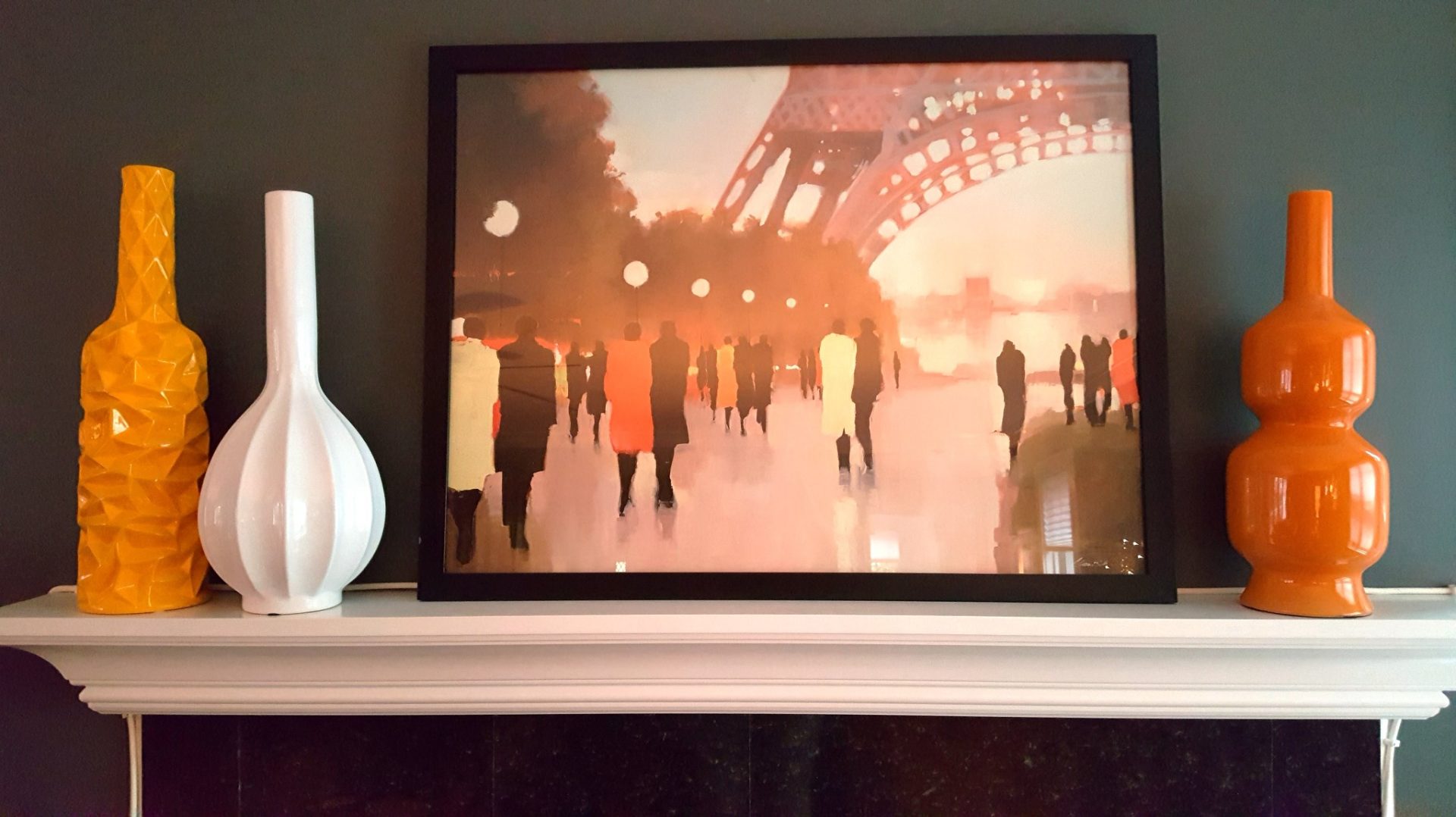
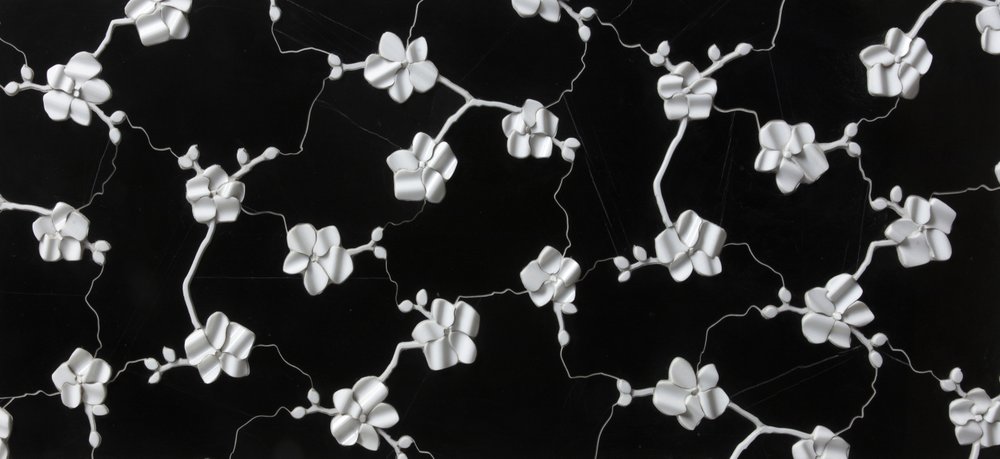
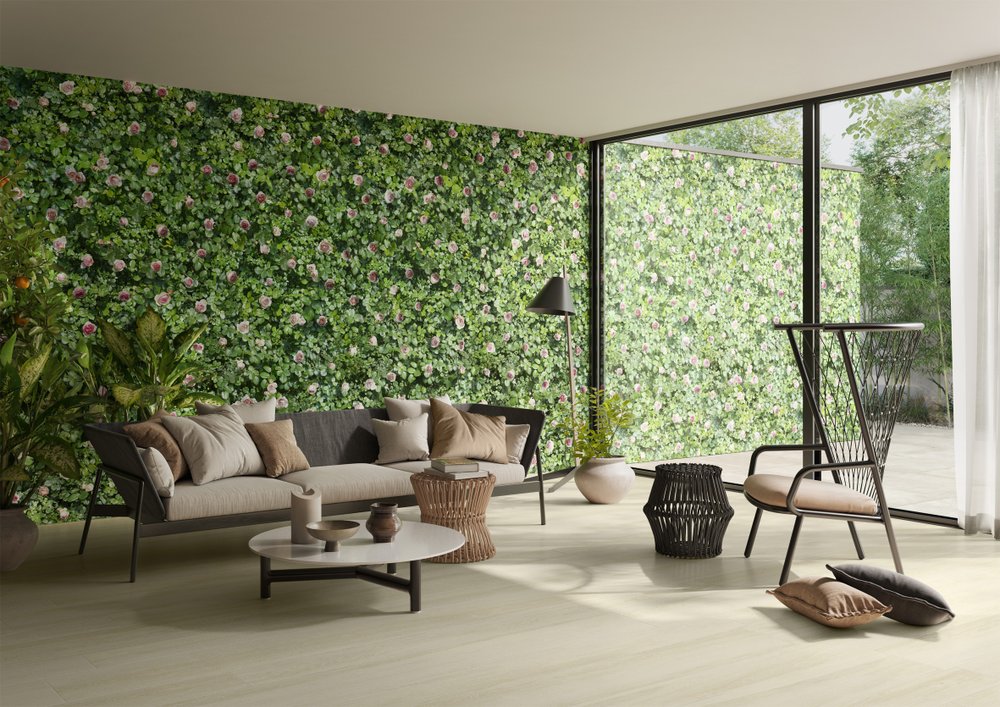
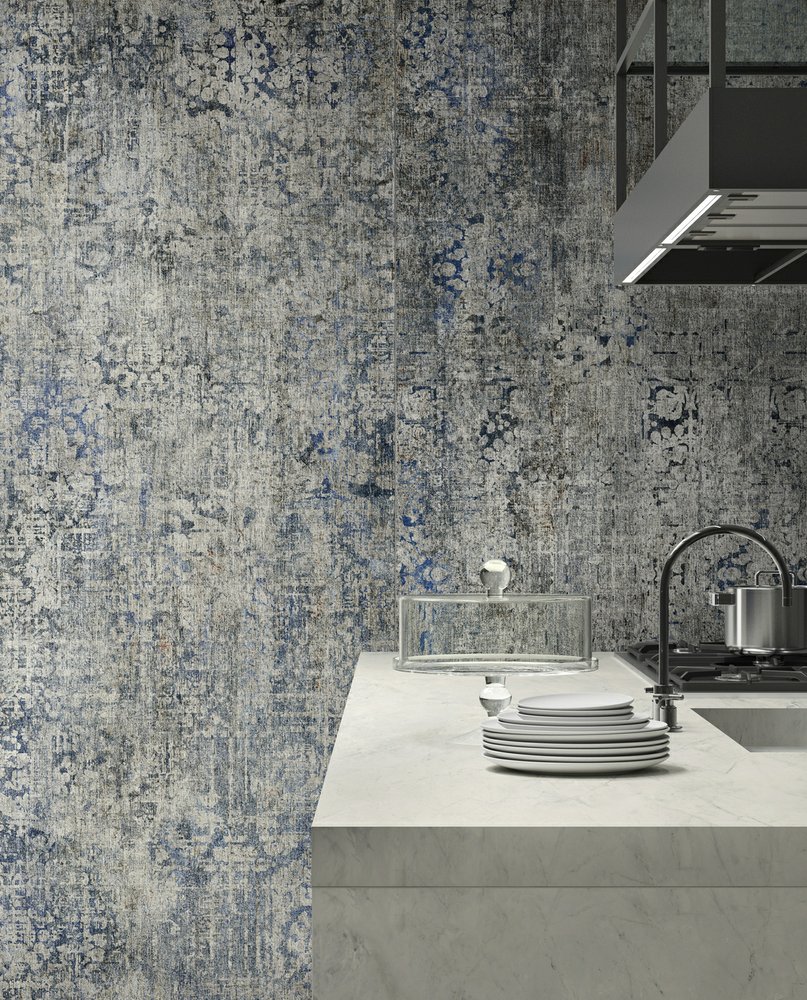
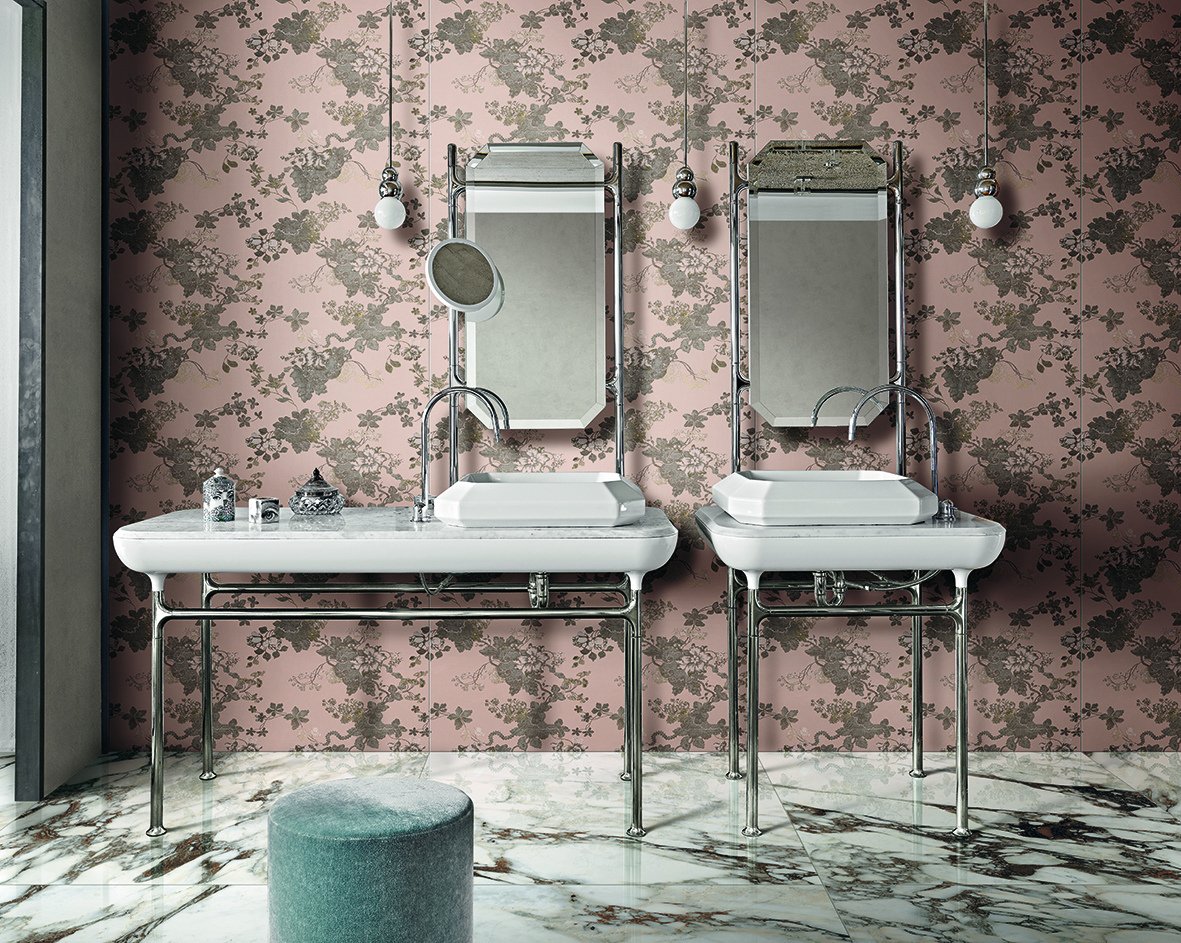
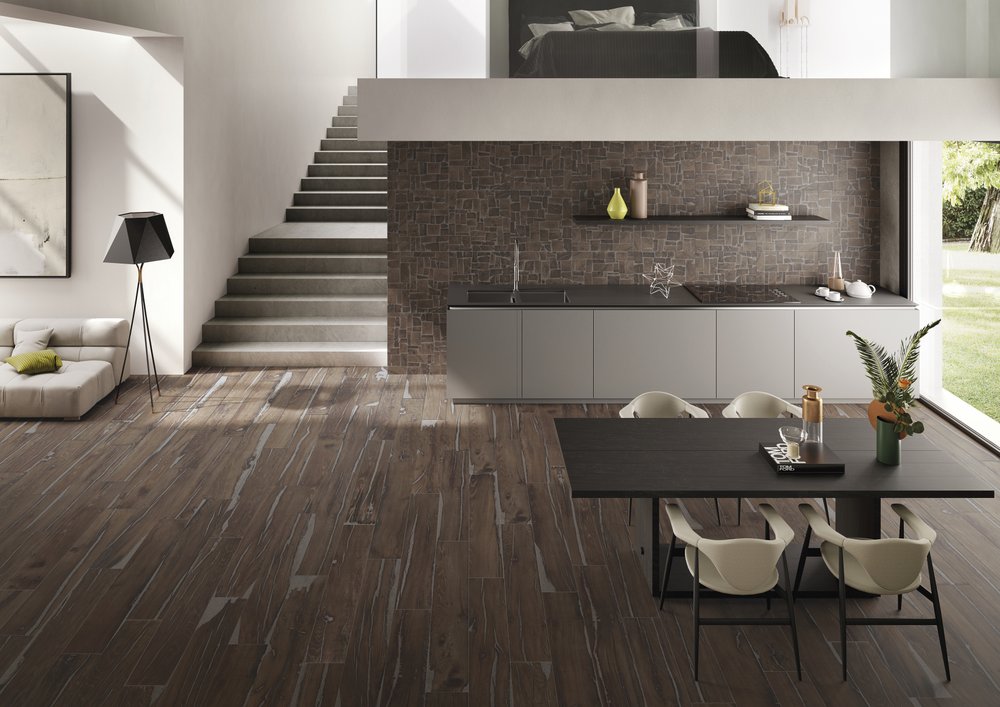
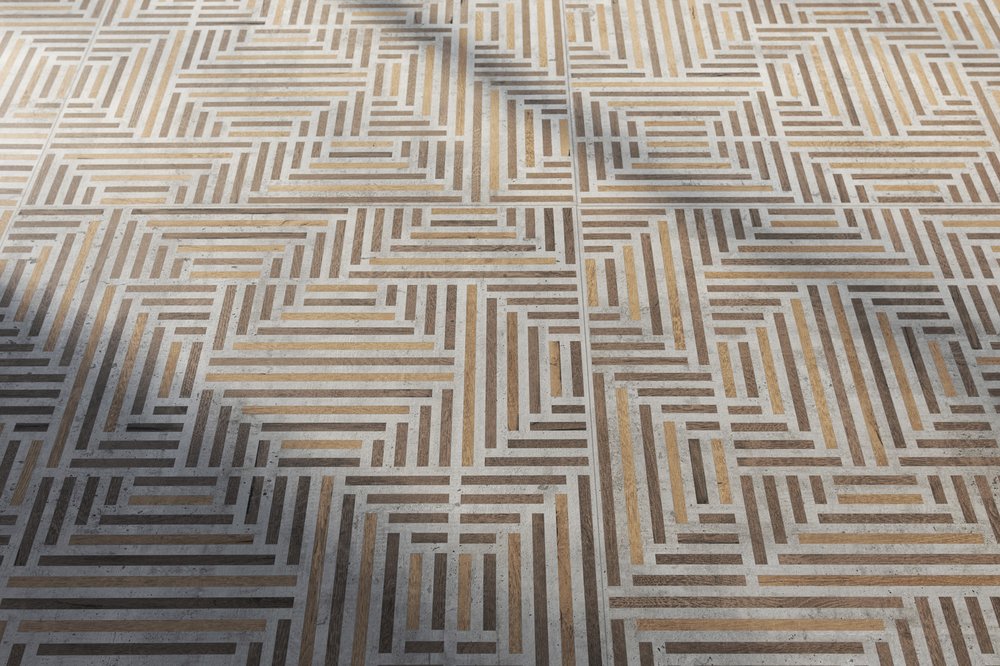
Thanks for sharing your expertise with us. Keep up the great work!”